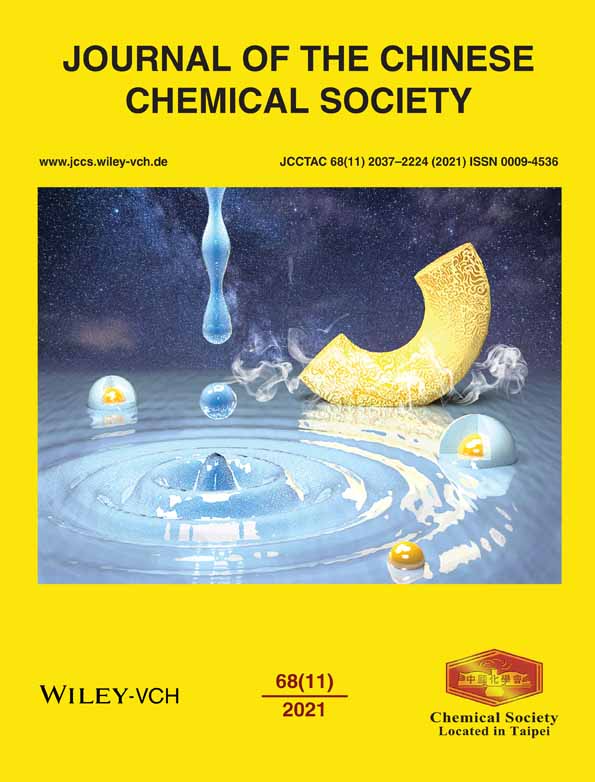Photoelectrochemical biosensor for lead ion determination based on complementary strand aptamers
Funding information: Hainan Provincial Natural Science Foundation of China, Grant/Award Number: 219QN207; Hainan Provincial Natural Science Foundation of High Level-talent Project of China, Grant/Award Number: 2019RC188; National Natural Science Foundation of China, Grant/Award Number: 21964007; the Key Research and Development Program of Hainan Province-Social Development Direction, Grant/Award Number: ZDYF2020204
Abstract
Lead ion causes heavy metal pollution, which can cause serious damage to the ecological environment and human health. In this paper, a simple and sensitive photoelectrochemical method was designed for lead ion detection by using ZnO nanorods as the photoactive substrate and complementary strand aptamers as target recognition element. ZnO nanorods with favorable stability and photoelectric activity can provide a biocompatible microenvironment for aptamer loading. In the presence of lead ion, it would combine with the recognition aptamer S2 by competing with the aptamer S1, which led to changes in surface structure and charge density before and after the recognition of target, causing regular response of photocurrent. The developed method under optimized experimental conditions presented high sensitivity and good selectivity for lead ion detection with low detection limit as 3.5 × 10−11 mol/L. In addition, the proposed strategy was also further applied to the detection of lake water sample, which provided reliable experimental support and basis for further exploration and establishment of complex aptamer recognition and detection system.




